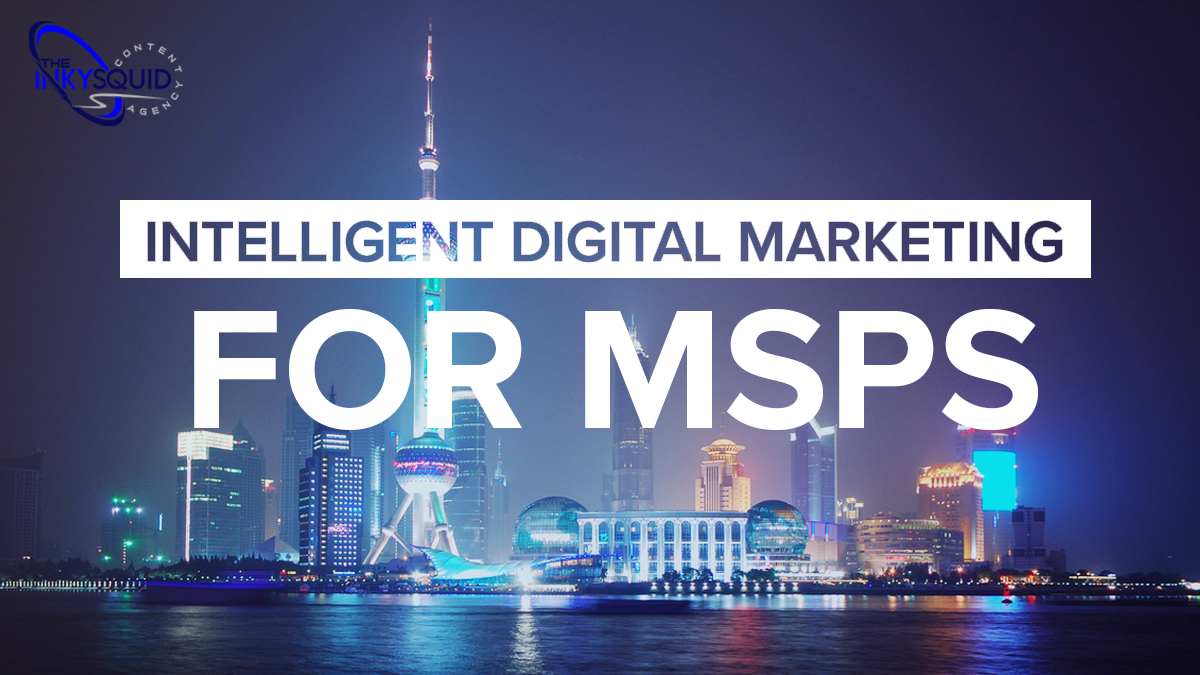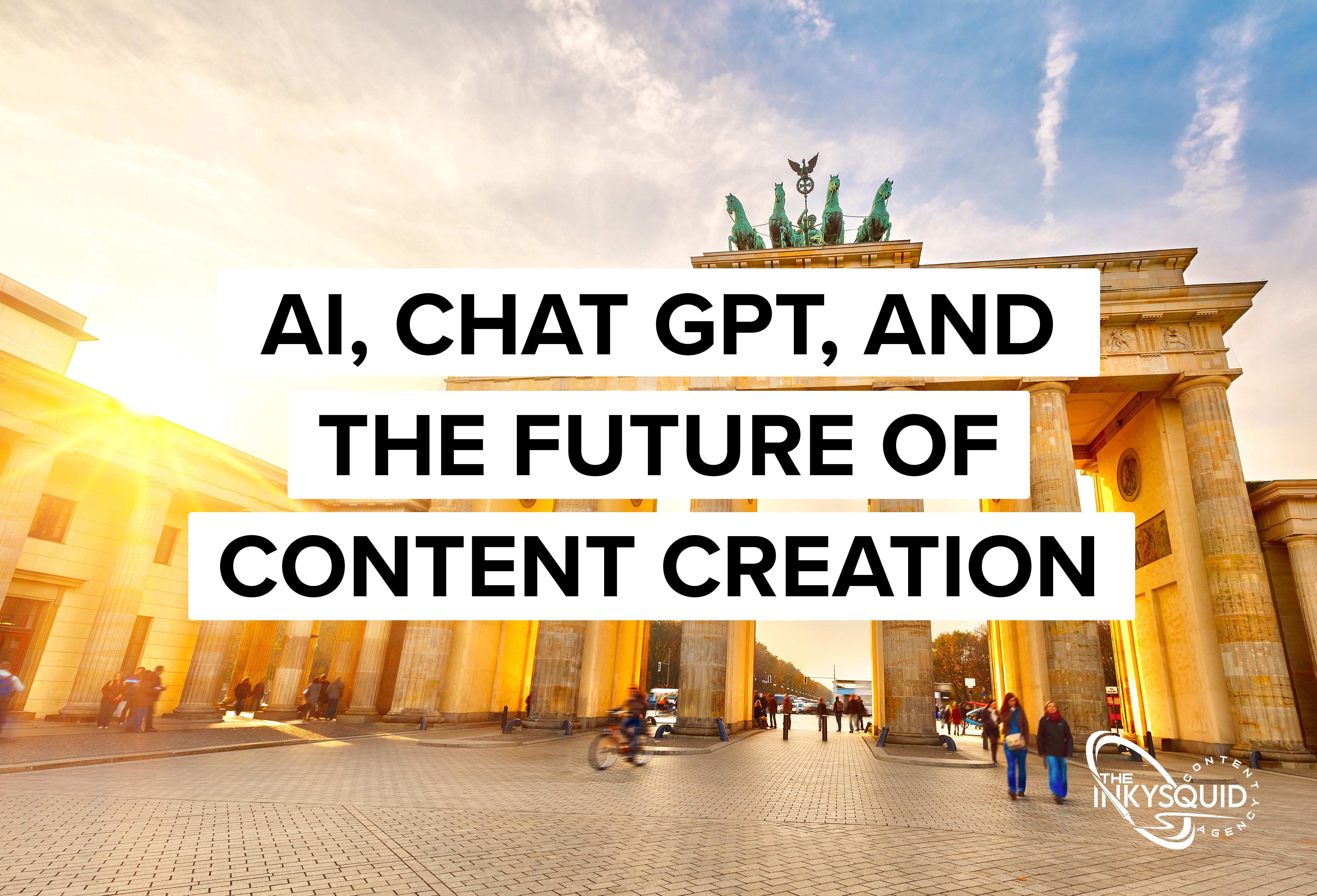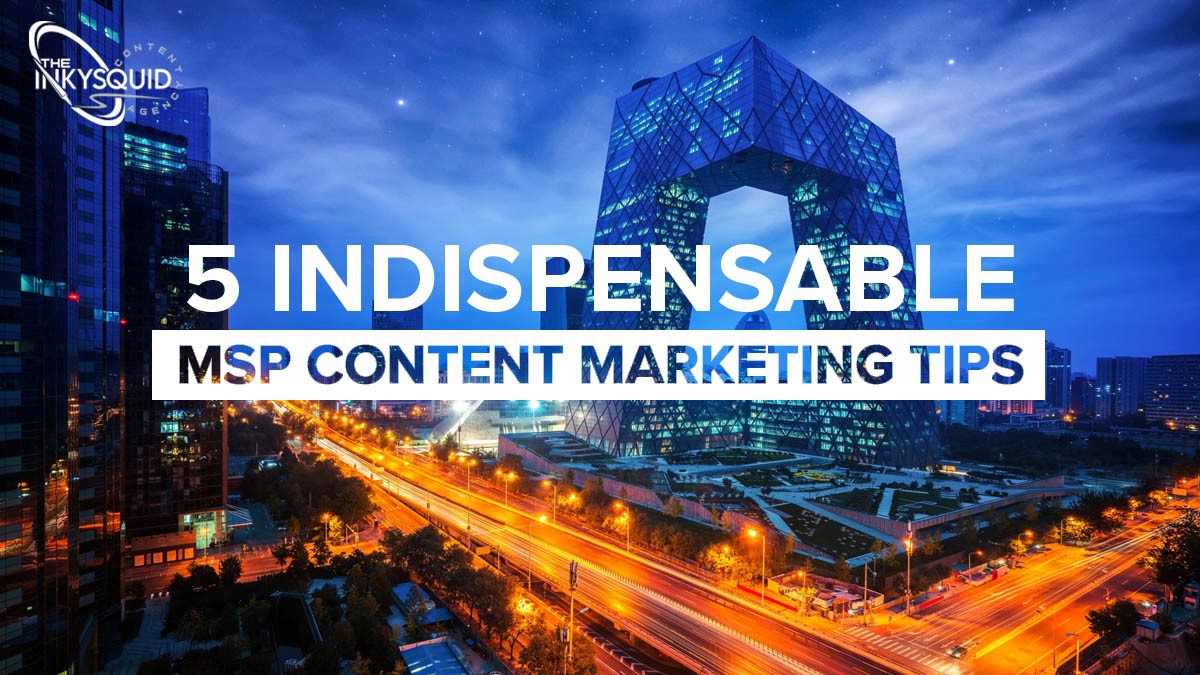Blog
According to Mordor Intelligence, global spending on managed services is estimated to reach USD 311.32 billion by 2027, at a CAGR of 12.44%. There are several factors that are driving this trajectory of growth.
One, managed services are becoming an increasingly strategic component for organisations as they transition from test environments to shift more mission-critical workloads into the cloud. Two, the growth of IoT platforms, Blockchain, containers, DevOps, and Big Data is expected to open up new opportunities for managed service providers during the forecast period.
Three, small and medium businesses are expected to take a bigger share of managed services spending on the back of an estimated 25% year-on-year increase in capital expenditure. Four, the demand for cloud-based solutions has grown exponentially due to the new remote working arrangements adopted by enterprises. And finally, the market itself is becoming more sophisticated as the focus of MSP partnerships shifts from cost to value and outcomes.
The Changing Expectations of MSP Partnerships
The expected value of MSPs is no longer defined just by conventional metrics such as cost reduction, between 25-45%, or enhanced operational efficiency, between 25-45%. As clients shift more strategic functions over to their managed services partners, the emphasis is now on outcome-based partnerships.
At the same time, the rising demand for bundled services from a more manageable panel of suppliers is turning the focus on MSP partnerships that can deliver high-touch, high-value services that do more than cover the IT basics.
Of course, the big question is if MSPs are equipped and positioned to capitalize on this opportunity. Not everyone feels that they are in a position to exploit it, at least according to a global study of MSPs.
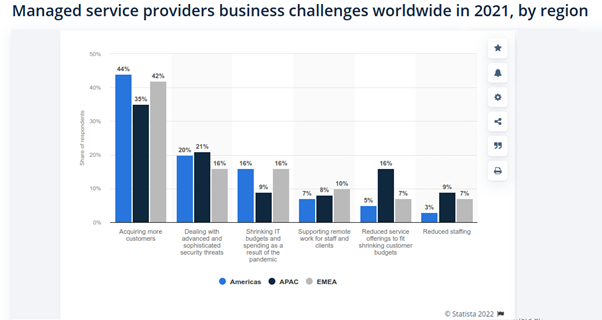
(Image source: Statista.com)
Until recently, marketing and sales used to be the top concern for MSPs, ahead of work/life balance and revenue growth. Post COVID-19 and its attendant challenge of meeting prospects and onboarding new clients, revenue growth is back on top of the list of MSP concerns.
MSPs, therefore, will have to focus simultaneously on three key levers to ensure that they generate enough leads and prospects to convert into recurring revenue accounts – one, deepen technological competence to deliver high-value services, two, broaden their service portfolio to capitalize on the bundling trend, and three, focus marketing and sales on acquiring long-term, high-value, outcome-focused clients.
In this article, we focus on the third lever, marketing and sales, and more specifically on three digital marketing approaches for MSPs that can be productive even in a scenario where remote work is the norm.

The Value of Account-based Marketing (ABM)
According to one study, email marketing, social media marketing and content marketing were the top three channels MSPs use to promote their business. However, before we delve into the details of how MSPs can fine-tune these approaches for more productivity, we need to introduce a strategic shift in marketing called account-based marketing or ABM.
For MSPs planning to transition to a high-touch, high-value, full-service, long-term recurring-revenue partnership model, the conventional spray & pray approach to lead generation, prospecting and customer acquisition will no longer enable the outcomes their business needs.
Now more than ever, MSPs’ sales and marketing functions have to collaborate closely to stay hyper-focused on targeted, personalized and insight-led initiatives that deliver the most profitable and sustainable results. This, in essence, is the foundation of ABM.
The ITSMA (Information Technology Services Marketing Association) defines four key principles that underlie any successful ABM strategy. One, it’s an outside-in approach that eschews arbitrarily deployed and interruptive sales pitches for more targeted and insight-driven campaigns rooted in a keen understanding of specific clients’ needs and expectations.
Two, it requires more robust collaboration between sales and marketing. Three, it focuses on objectives such as reputation, relationships and growth that go beyond just activating near-term revenue opportunities. And four, it relies on extensive personalization to maximize interest, engagement and payoff.
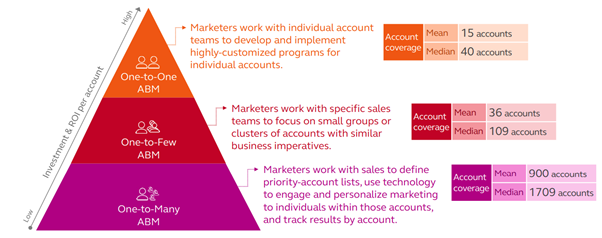
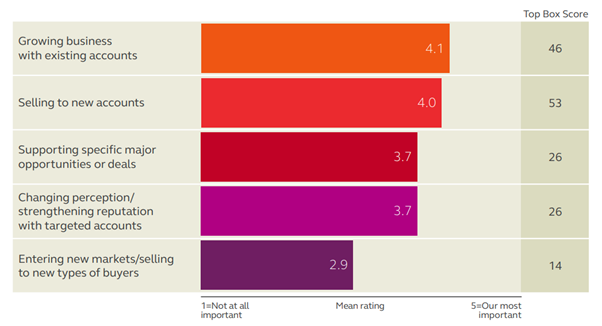
(Image source: abmleadershipalliance.com)
ABM is a rising discipline with 70% of marketers now using ABM. With ABM, MSPs will be in a better position to craft strategies that account for the current disruption across accounts and industries, changes in their own business priorities and the new offerings and capabilities that they have developed in response to changing client expectations.
It allows MSPs to tailor different marketing approaches to address a range of strategic objectives for both existing and new customers.
All that’s not to say that ABM is a substitute for conventional inbound marketing programs. In fact, it builds off inbound to efficiently target high-value accounts while retaining the capability to address a broader group of prospects.
With that as background, let’s now take a closer look at the impact ABM can have on the most preferred marketing channels for MSPs – namely email marketing, social media marketing and content marketing.
Three Strategic Digital Marketing Approaches for MSPs
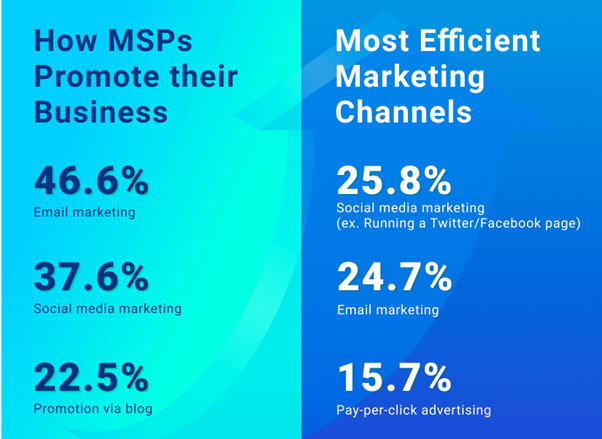
(Image source: msp360.com)
Email Marketing
Blasting out generic emails is definitely a suboptimal approach to making email marketing work for the MSP business. Email personalisation is the key to productivity as it can significantly increase email open rates and provide a return of $36 for every dollar spent - a staggering 3,600% ROI.
Email as a communication channel is also constantly evolving and MSPs have to stay on trend to extract the most value from their email lists. There are four key trends in email marketing this year – optimising for responsiveness and interactivity, user generated content, A/B testing, and smart automation.
Deliverability is a key performance metric in email marketing and recent studies have revealed that over a fifth of all emails never reach a primary inbox.
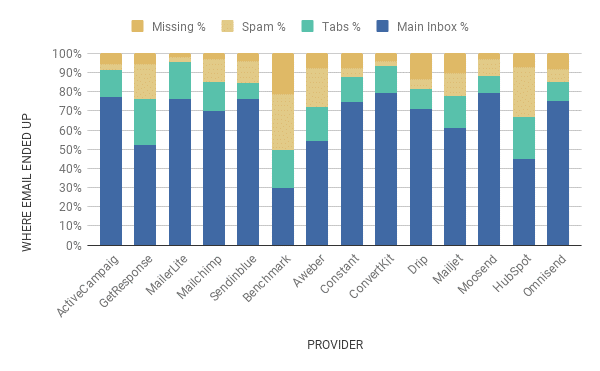
(Image source: Emailtooltester.com)
At the same time, mobile has overtaken the desktop as the preferred platform for email opens. MSP marketing strategies have to be responsive to the trends and there needs to be a coherent optimization strategy to address the opportunities, and avoid the pitfalls, presented by these trends.
The focus also has to be on incorporating functional interactivity, through animation, rollover effects and accordion features, as it can help drive engagement.
Creating content for email marketing campaigns is one of the biggest challenges for MSPs. User-generated content enables MSPs to address this challenge while creating content that is trusted – increasing engagement and delivering 20% more purchasing decisions than other channels.
A/B testing is a critical tool for MSPs looking to enhance the efficiency and productivity of their email marketing campaigns as it can boost ROI by as much as 37%. Split or A/B testing allows MSPs to measure audience engagement against different variables and variations in order to arrive at the most effective version.
Automation, however, is now a key success factor for email marketing. With email marketing automation, MSPs will be able to analyse, test and optimise their campaigns at the click of a button. And email automation is only getting smarter, thanks to technologies such as Machine Learning and Artificial Intelligence.
In fact, AI/ML-based email marketing may well be the key to MSPs achieving their goal of engaging effectively with high-value decision-makers by creating data-driven, insight-led and hyper personalised campaigns.
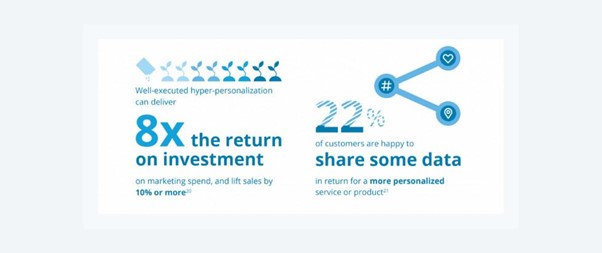
(Image source: Elasticemail.com)
AI-based email marketing delivers significant improvements across the board in deliverability, click-through performance, open rates and revenue. More importantly, the smart model enables MSPs to shift away from list-driven segmentation to deliver true 1:1 personalization at scale.
With AI-based email marketing, MSPs will be able to drive cost as well as revenue improvements in their email campaigns by smarter optimization of the entire lifecycle, including batch personalization, multivariate testing, automating workflows, optimising content/subject line, optimising email send time and frequency and email deliverability.
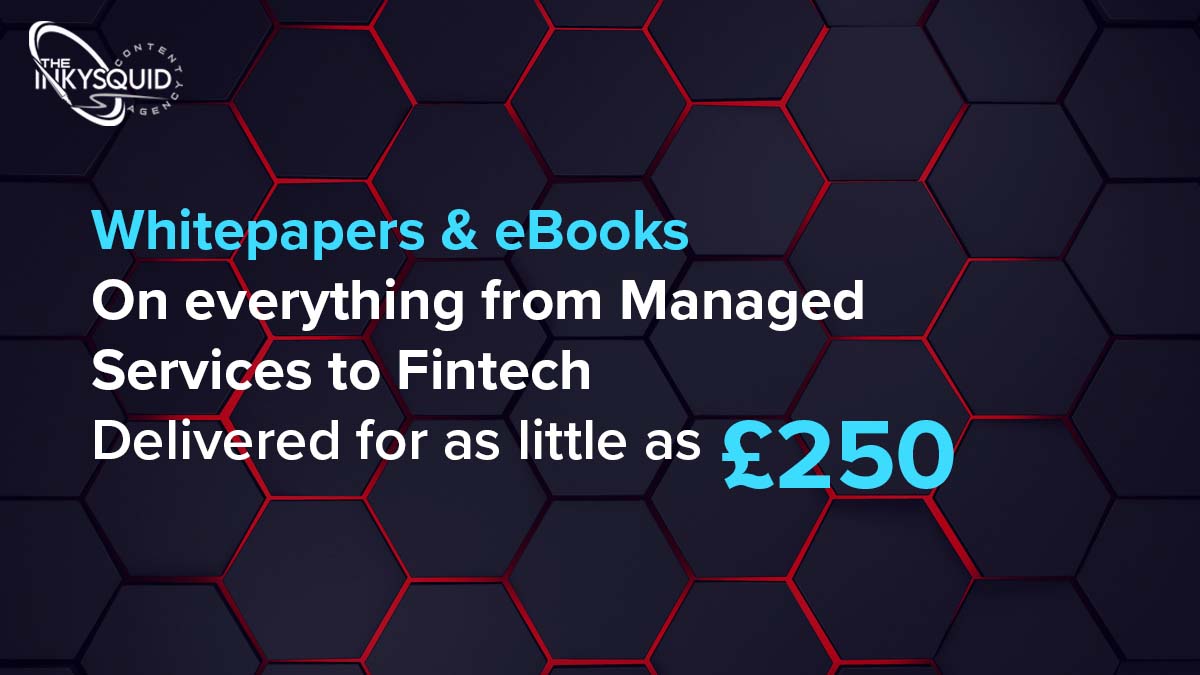
Social Media Marketing
Social media marketing is the second most popular marketing channel among MSPs. It is also rated the most effective marketing channel, beating even email marketing and pay-per-click advertising.
As the popularity of social media platforms continues to grow, a channel that was long viewed primarily as a B2C enabler has evolved into a platform for even businesses with complex and extended sales cycles to build, grow, engage with and convert their target audience.
And it’s not just the old staple LinkedIn – there are multiple opportunities for B2B marketers and MSPs to leverage the power of social media to build brand awareness and drive traffic to and from other channels. In fact, one study found that Instagram delivered 20 times more engagement for B2B brands than LinkedIn.
However, the value of social platforms is not just limited to retargeting opportunities – they can be used for strategic impact when used diligently, too.
Over the past year, B2B marketers spent more on paid social advertising than they have even on search engine marketing. Though of course organic social posts and paid social advertising are not exactly mutually exclusive options, it is important that MSPs take a data-driven approach to balancing the two in order to maximise ROI.
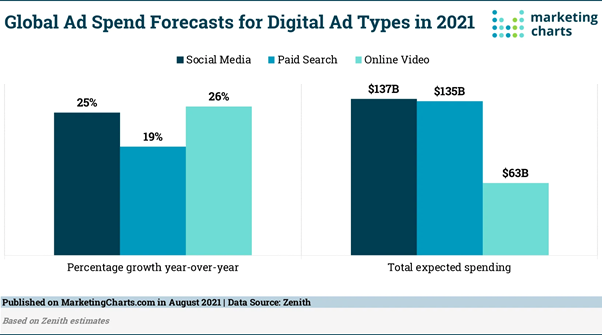
(Image source: Marketingcharts.com)
For instance, marketers can use paid social advertising to scale the reach of content that has already gained some traction on social platforms. By some estimates, there may even be a shift from paid awareness campaigns to more targeted authentic conversations.
The focus of social media marketing has to be on building engagement, expanding reach and driving conversions. Social media marketing is often measured in terms of vanity metrics such as the number of followers or shares/likes, etc. Though these are meaningful metrics, building a massive following with no real engagement creates no strategic value for the business.
The focus, therefore, has to be on building communities, creating relationships and engaging with influencers and advocates to build trust, credibility, and marketing momentum.
Of course, the first step towards building a community would be to understand the key issues that resonate with the group. And that is where social listening comes in.
Social listening is the process of analysing the tone, influence and reach of social messages and extracting insights that can be used to optimise and focus a marketing campaign. Using social listening to understand audience sentiment and preferences can yield valuable insights that can guide strategy across channels.
It also allows marketers to identify end user pain points, pinpoint new content or marketing opportunities, track competitor activities, pre-empt and manage negative sentiments and create long-term relationships.
Content Marketing
Content marketing has the potential to deliver three times as many leads as traditional outbound marketing techniques at a third of the cost. It also plays a critical role in helping MSPs build trust and credibility, establish thought leadership and educate prospective customers.
In a previous article, we highlighted five indispensable MSP content marketing tips as follows:
1. Establish a two-way dialogue between prospects, customers and influencers to understand factors that can be used to optimise and catalyse content marketing strategies.
2. The written word will continue to be the workhorse of MSP marketing. However, build a content library with a variety of content formats to address different audience preferences and information needs.
3. Supplement the written word with audio-visual content formats such as videos, podcasts, webinars, etc. to open up new engagement opportunities.
4. Focus on value-added content curation as a strategy to consistently deliver interesting and engaging content without the cost or the effort.
5. Repurpose content across formats/channels to keep the content wheel turning and to increase the opportunity to be seen across multiple audience channels.
In addition, MSPs should leverage content intelligence to maximise the bang for their content marketing bucks.
Content intelligence combines several advanced technologies, such as ML, AI, NLP, and big data, to optimise the entire content marketing function and management. It enables MSPs to deliver high-quality, personalised and effective content to their target audience.
Using content intelligence, MSPs can take a data-driven approach to content creation that is based on business objectives, expected outcomes, competitive activity, etc. Content distribution strategies can be fine-tuned so that all content is mapped to a blend of format, channel and audience segment that maximises content performance.
Conversions can now be tracked by topic, channel and business goals, which in turn can help drive the continuous optimisation of the company’s content marketing strategy. In short, content intelligence helps deliver strategically differentiated and personalised content to the right audience segment, in the right format on the right channel to boost content marketing performance.
Summing Up
The dynamics of the managed service provider marketplace have changed radically both as a result of the current health crisis as well as conceptual changes in clients’ expectations of their MSP partners. The pandemic has definitely introduced an element of financial FUD into the industry.
However, the broader MSP market has already started transitioning from traditional cost-based partnerships to more outcome and value-based relationships. For MSPs, this means that their business strategy will now have to be geared towards building more long-term, recurring revenue, high-value accounts.
Consequently, their digital marketing strategies, and specifically their approach to email, social media and content marketing, will have to be recalibrated to address these new realities. Data, insight and personalisation will be the keywords that MSPs will have to focus on in order to build competitive advantage and revenue in this transformed marketplace.
Need a digital marketing strategy for your MSP business? Talk to us here at The Inky Squid. For the past decade we’ve been designing and implementing bespoke content marketing strategies for tech-focussed businesses. Get in touch today for a free consultation and find out what we can do for you.
Add a comment:
Categories
Want better qualified leads for your business?
Latest Blogs
Up to date with whats going, check out our latest blogs
29-03-2023 -
Artificial intelligence has been hitting the headlines in a big way since the end of 2022. Once a rather nebulous concept in the minds of the public, more likely to conjure images of killer science-fiction robots than any real-world application, the release of advanced chatbot application ChatGPT has brought AI into the mainstrea
28-07-2022 -
Introduction
You’re probably familiar in some way with the term “content marketing.” Yet you may be wondering exactly what it is -- and how it’s relevant to you, as a technology company.
07-07-2022 -
Competition is squeezing the bottom line. Inefficient marketing has handicapped the top line. Stuck in between, managed service providers need an efficient, productive, and cost-effective MSP (Managed Service Provider) content marketing strategy to jumpstart business growth.
We’ve been using The Inky Squid for a while now and Martin and his team have been an invaluable extension to our marketing team. As a small company, our need for help with content development is critical. The quality and detail of the articles they’ve written has been impressive. They’re able to write spot-on articles about an extensive variety of technical topics we request. They’re extremely responsive and the turnaround time for projects has been fantastic. We plan to have a long-term relationship with them.
Beth Powell, Expeed Software
The Inky Squid has been a provider of excellent material for our blog for many years. They have always been responsive to our requests and feedback. Highly recommended!
Doug Nebeker, Power Admin
At net2phone, we have been using The Inky Squid for content writing for a few years and love the service we receive. They produce quality and insightful content with quick turnaround times that helps us maintain an active blog and social media presence for our partners and our customers! The writers are knowledgeable, professional, and fast and I'd recommend their services to anyone looking for help with their content marketing strategies.
Denise Darienzo, net2phone
The Inky Squid is a nice team of marketing experts that quickly and effectively respond to the customer's demands. Their campaigns have a personal touch based on the customer's aesthetic; they're appealing to the eye, informative, and result in good engagement. We're happy with the collaborations we've had so far.
Viktoriya Gorod, Starwind Software
I highly recommend The Inky Squid to anyone looking to outsource or complement their content creation program. Their articles are well researched, interesting to read, and have helped us grow our audience. The quality of their work is outstanding, they are very dependable and I can't say enough good things about this company and their work!
Bill Lewis, New Offerings



